How to Optimize BIOS Settings for a Faster Boot Time
20 April 2025
Ever feel like your computer takes forever to start up? You press the power button, and then... you wait. And wait. And wait some more. It’s like watching paint dry, right?
Well, good news! By tweaking your BIOS settings, you can dramatically speed up your boot time and get to work (or gaming 😉) much faster.
In this guide, I'll walk you through the best BIOS settings to optimize for a faster boot. And don't worry—you don’t need to be some tech genius to follow along. Let’s dive in! 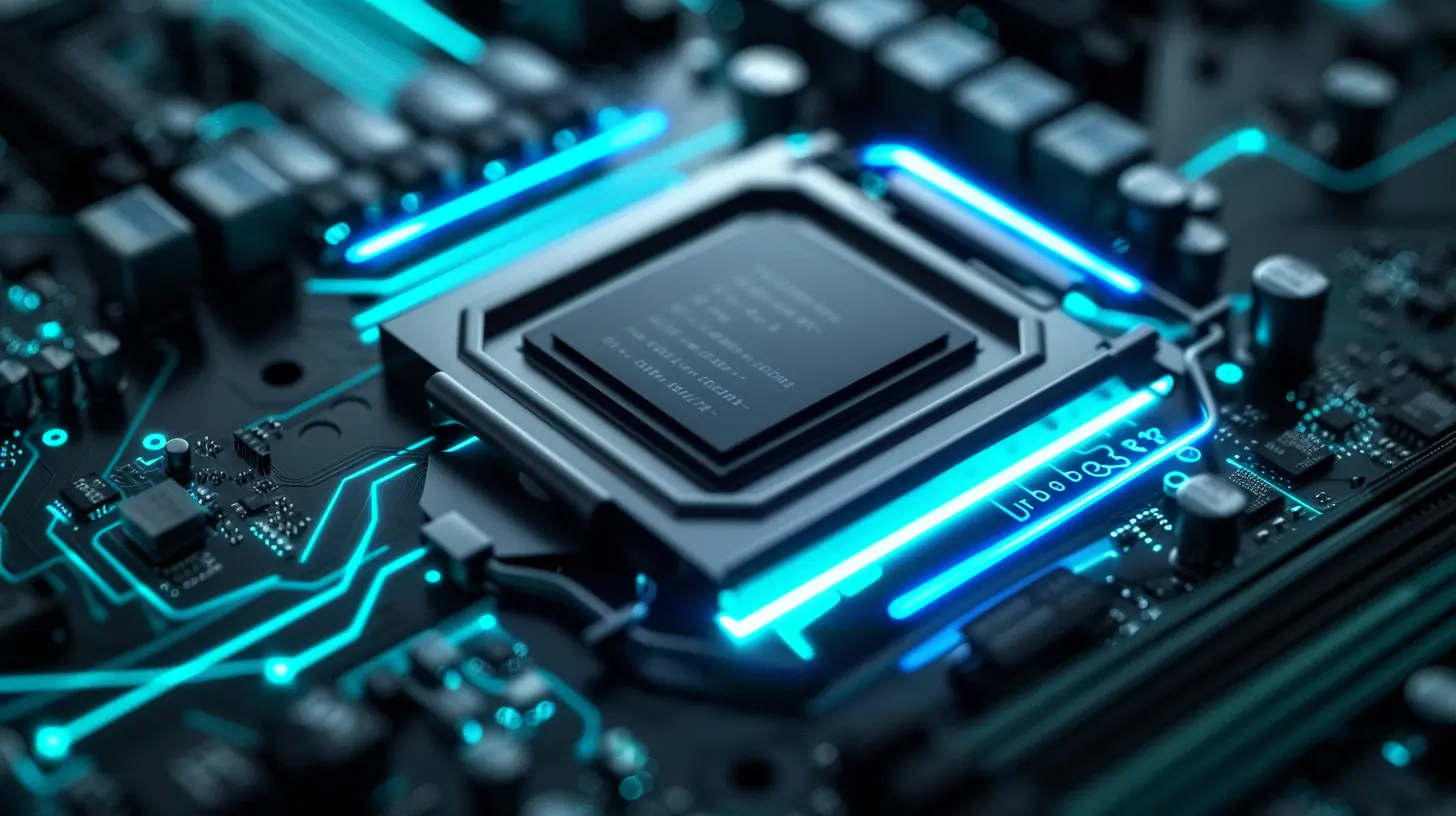
🚀 What is BIOS, and Why Does It Matter?
Before we jump into the tweaks, let's understand what BIOS (Basic Input/Output System) actually does.BIOS is the first software that runs when you power on your computer. It checks all your hardware, makes sure everything is working properly, and then hands control over to your operating system (Windows, Linux, etc.).
Think of BIOS like an airport security checkpoint. It makes sure everything is in order before allowing your system to take off. But just like an airport, unnecessary checks can slow everything down!
By optimizing your BIOS settings, you can make this "security check" faster and get to your desktop quicker. Let’s see how. 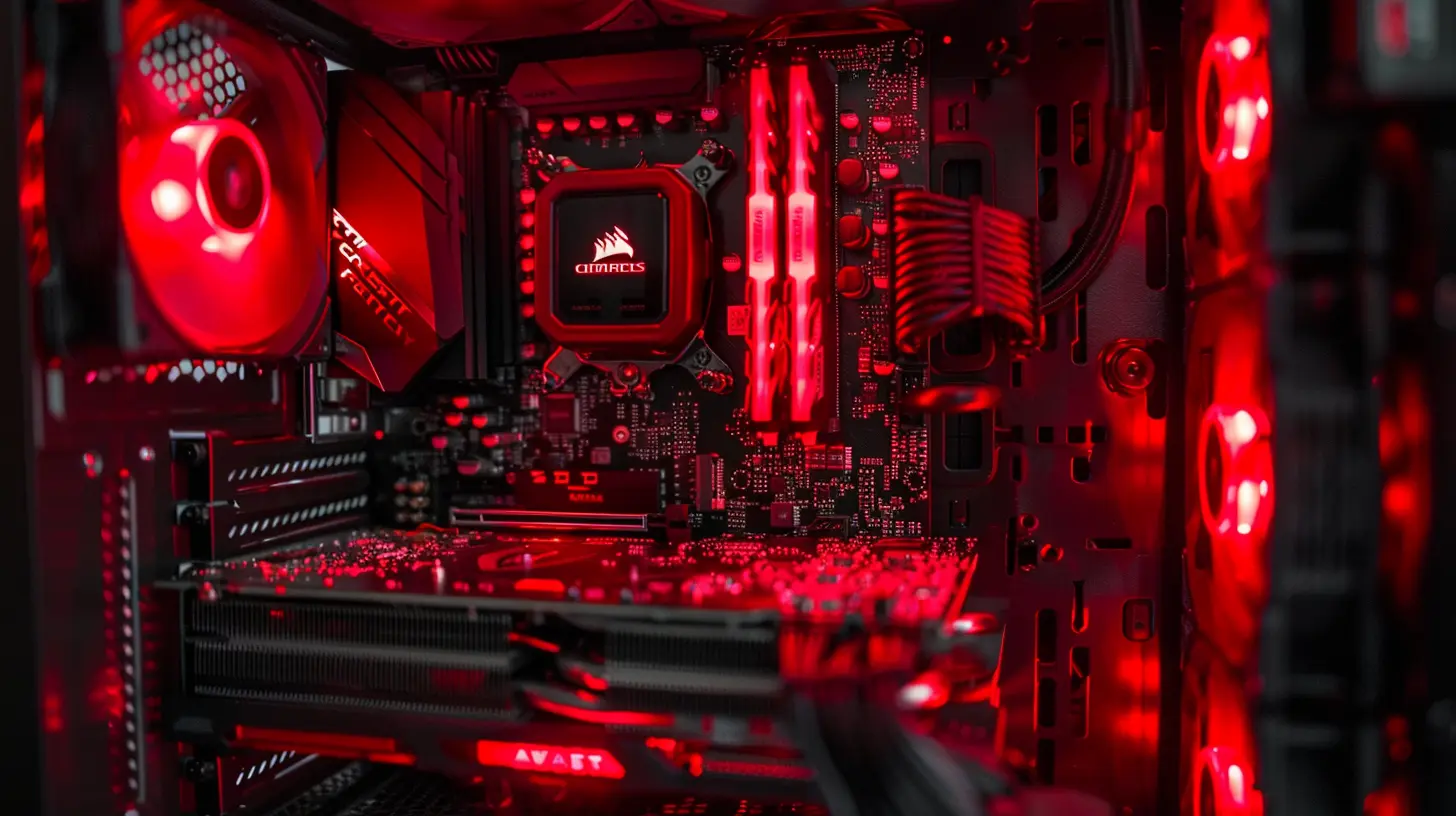
🛠️ How to Access Your BIOS
Before you can start tweaking, you need to get into your BIOS. Here's how:1. Restart your computer.
2. As soon as it starts booting up, repeatedly press the BIOS key (common keys: F2, F12, Del, Esc).
3. If you're not sure which key to press, check your motherboard manual or look it up online.
Once you're in, you’ll see a blue or black screen with lots of options. Don’t freak out—we’ll go step by step. 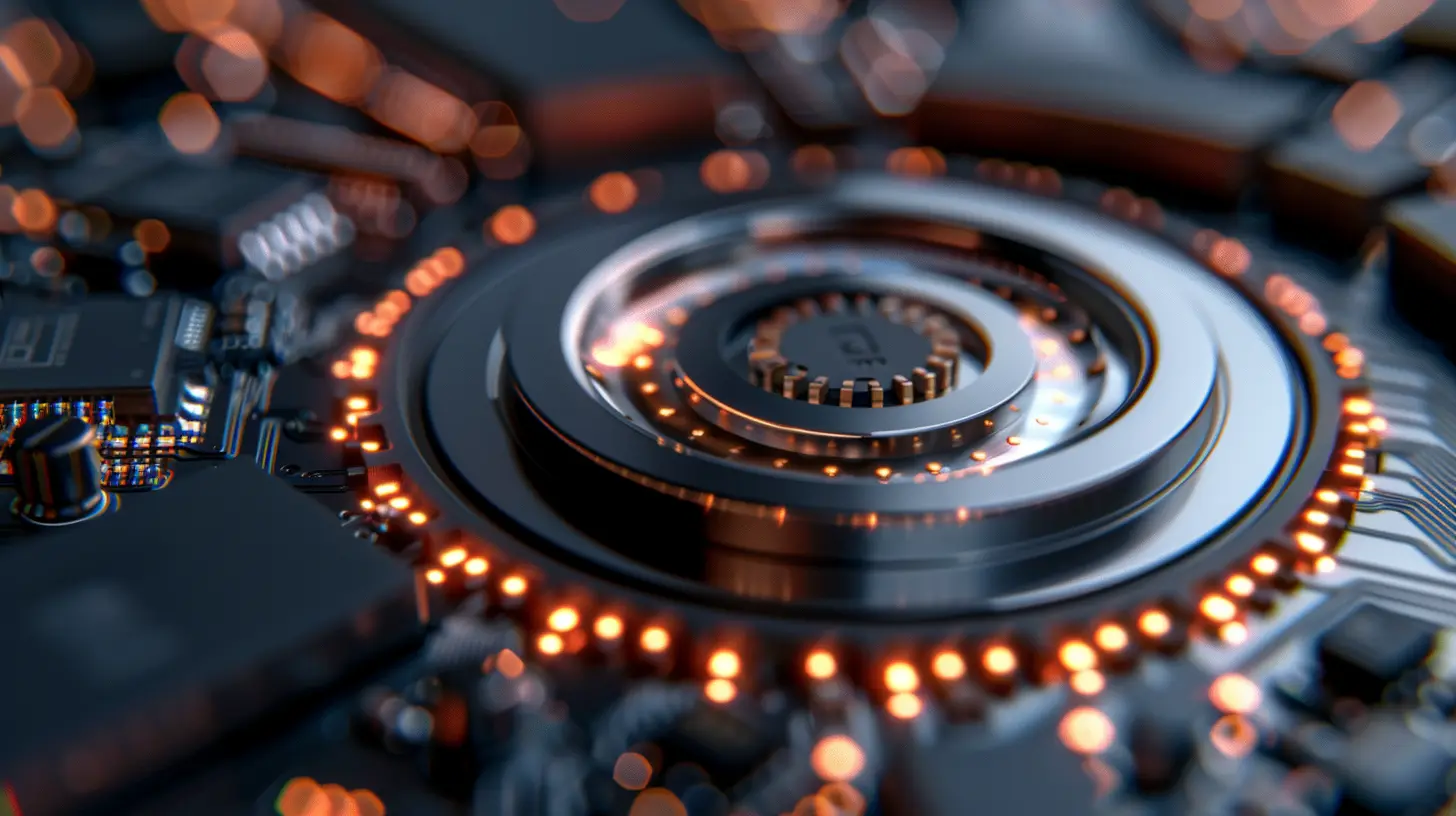
🔥 Best BIOS Settings to Speed Up Boot Time
Now that you're in the BIOS, let’s tweak a few settings to make your computer boot faster.1️⃣ Enable Fast Boot
Most modern motherboards have a Fast Boot option, which skips unnecessary checks during startup.- Navigate to the Boot section in your BIOS.
- Look for Fast Boot or Ultra Fast Boot (this may vary by motherboard).
- Enable it.
This alone can shave a few seconds off your boot time!
2️⃣ Disable Unnecessary Boot Devices
BIOS often checks multiple boot devices (USB drives, network boot, etc.) before loading your OS. If you’re always booting from the same drive, remove the unnecessary ones.- Go to the Boot Order or Boot Priority section.
- Set your main drive (SSD/HDD) as the first boot option.
- Disable boot from USB or Network if you don’t need them.
This prevents your PC from wasting time looking for bootable devices that aren’t even there!
3️⃣ Enable UEFI Mode Instead of Legacy
If your system supports UEFI (Unified Extensible Firmware Interface), enabling it can improve boot speed.- Find the Boot Mode setting.
- Change it from Legacy to UEFI (if available).
UEFI is faster and more efficient than the old-school Legacy BIOS, reducing startup time further.
4️⃣ Disable Full Screen Logo
That fancy manufacturer logo during boot? Yeah, it looks nice, but it slows things down.- Look for the Full Screen Logo option.
- Disable it.
This doesn’t save a ton of time, but every second counts!
5️⃣ Reduce POST Delay
POST (Power-On Self-Test) is the system check BIOS performs at startup. Some motherboards allow you to reduce this delay.- Locate POST Delay Time in BIOS.
- Set it to 0 seconds or Minimal.
This removes any unnecessary wait time before your OS starts loading.
6️⃣ Disable Unused Ports and Devices
Your BIOS initializes all hardware components when booting. If it’s loading devices you don’t use, it’s slowing down your startup.- Navigate to Advanced Settings or Peripherals.
- Disable unused things like:
- Serial Ports
- Parallel Ports
- Thunderbolt (if you don’t use it)
Less clutter = faster boot!
7️⃣ Enable XMP (If You Have an SSD & Fast RAM)
XMP (Extreme Memory Profile) makes your RAM run at its rated speed, which can improve system responsiveness.- Find XMP Profile under the Memory settings.
- Enable Profile 1 (or the highest available profile).
This won’t directly speed up boot time but helps Windows load faster once it’s up and running.
8️⃣ Keep Your BIOS Updated
Sometimes, motherboard manufacturers release BIOS updates that improve boot speed and overall performance.- Check your manufacturer’s website for BIOS updates.
- Follow their instructions carefully to update.
Just be careful—flashing BIOS incorrectly can brick your motherboard! 😨 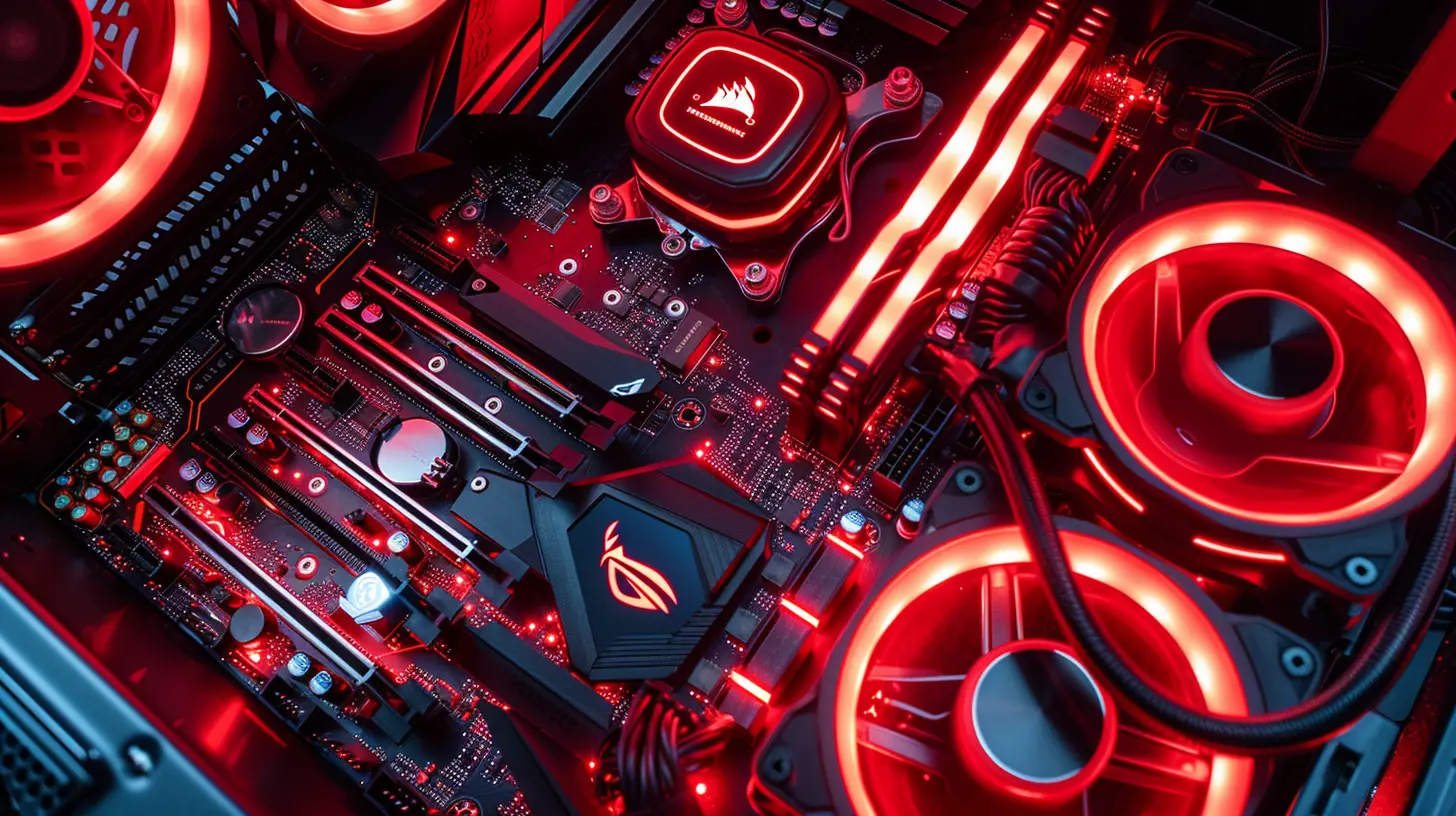
⚡ Additional Tips for Faster Boot
Even after tweaking BIOS, there are other things you can do:✅ Use an SSD Instead of HDD
If you’re still using a hard drive, upgrading to an SSD will make a massive difference. SSDs boot 3-5x faster than HDDs!✅ Reduce Startup Programs
Too many apps launching at startup slow things down. Disable unnecessary ones in Task Manager (Ctrl + Shift + Esc → Startup).✅ Enable Windows Fast Startup
Windows has a built-in Fast Startup feature that reduces boot time. Enable it in:Control Panel > Power Options > Choose what the power buttons do → Enable Fast Startup.
--
🏁 Wrapping Up
And there you have it! With just a few BIOS tweaks, you can dramatically cut down your boot time and get to work (or play) much faster.No more waiting around—your PC should now boot up in record time! 🚀
Give these settings a try, and let me know in the comments how much faster your computer is booting now. Happy tweaking!
all images in this post were generated using AI tools
Category:
Computer HardwareAuthor:

Reese McQuillan
Discussion
rate this article
8 comments
June McKee
This article offers valuable insights on optimizing BIOS settings for speedier boot times. I appreciate the practical tips and clear explanations, making it accessible for both beginners and experienced users. Great resource!
May 13, 2025 at 7:00 PM

Reese McQuillan
Thank you for your kind words! I'm glad you found the tips helpful and accessible. Happy optimizing!
Caleb Lambert
Great article! Optimizing BIOS settings can really boost boot times. It’s amazing how a few tweaks can make such a difference. Thanks for sharing these valuable tips!
May 1, 2025 at 8:44 PM

Reese McQuillan
Thank you for your feedback! I'm glad you found the tips helpful for improving boot times. Happy tweaking!
Zayn Allen
“Ah, yes! Because who doesn’t love diving into the mystical realm of BIOS settings? Forget about coffee; just tweak those numbers, and you’ll be booting faster than your neighbor's new gaming rig. Good luck!”
April 26, 2025 at 7:31 PM

Reese McQuillan
Thanks! BIOS tweaking can be quite the adventure, but the rewards in boot speed are worth it! Happy optimizing!
Faye Malone
Optimizing BIOS settings can significantly reduce boot time. Key adjustments include prioritizing boot devices, disabling unused peripherals, and enabling faster startup features. Efficiency is essential!
April 24, 2025 at 7:39 PM

Reese McQuillan
Thank you for your insights! Prioritizing boot devices and optimizing settings are indeed crucial for reducing boot time. Great tips!
Thalwen McVicker
Great insights on optimizing BIOS settings! I appreciate the clear instructions and tips you provided. It's fascinating how small changes can lead to significant improvements in boot time. I’ll definitely be trying some of these suggestions on my system. Thanks for sharing your expertise!
April 24, 2025 at 12:16 PM

Reese McQuillan
Thank you for your kind words! I'm glad you found the insights helpful. Best of luck with your BIOS optimizations!
Emory Estes
Ah yes, because who doesn’t love spending their weekend wrestling with BIOS settings? Forget brunch plans, let’s dive into the thrilling world of boot time optimization. #LivingTheDream
April 23, 2025 at 12:20 PM

Reese McQuillan
Haha, I get it! While it might not be the most glamorous way to spend a weekend, optimizing BIOS settings can save you time in the long run. Enjoy the thrill of a faster boot!
Ace Jordan
Prioritize essential settings, avoid unnecessary tweaks.
April 22, 2025 at 10:24 AM

Reese McQuillan
Thank you for your feedback! Prioritizing essential settings is key to optimizing BIOS for faster boot times. We appreciate your insight!
Mira Williams
Great insights! Optimizing BIOS settings can significantly enhance boot times; I'll definitely apply these tips to my system.
April 21, 2025 at 11:44 AM

Reese McQuillan
Thank you! I'm glad you found the tips helpful. Best of luck with your BIOS optimization!
MORE POSTS

G and the Future of Remote Learning

The Ultimate Guide to Choosing the Right Video Editing Software
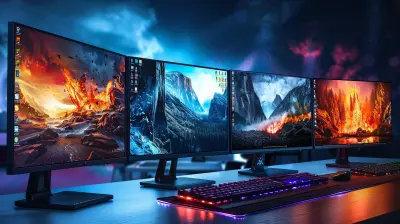
The Evolution of Gaming Monitors: From 60Hz to 240Hz and Beyond

How Digital Identity Solutions are Transforming Fintech Security

Quantum Cloud Platforms: What You Need to Know

The Pros and Cons of Bluetooth in Smart TVs